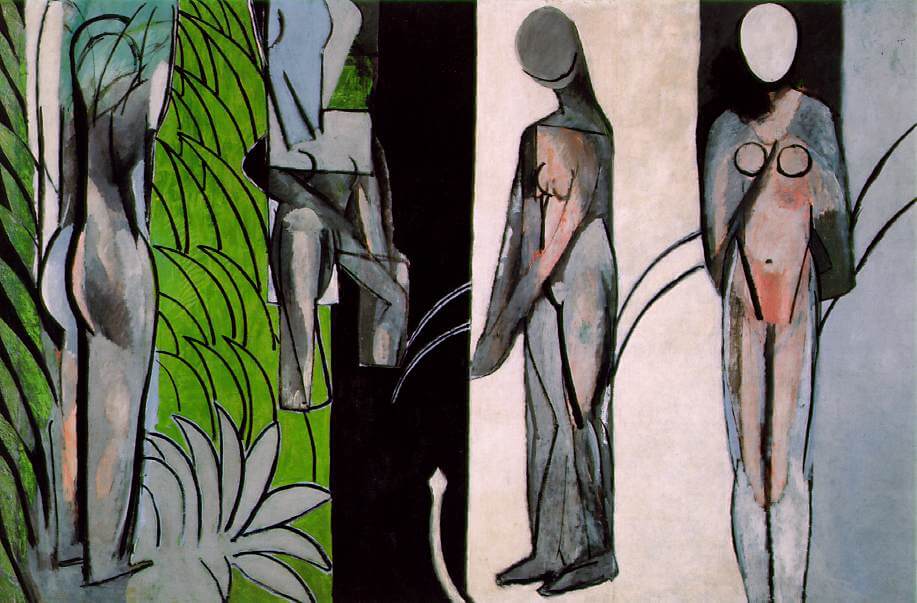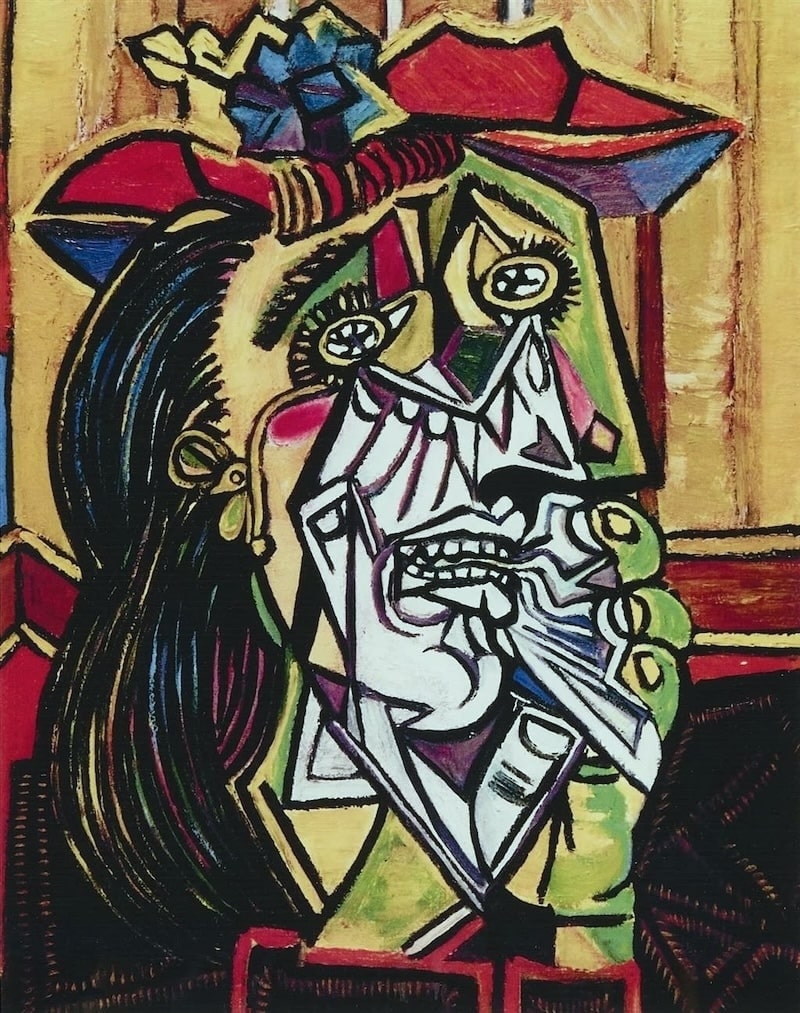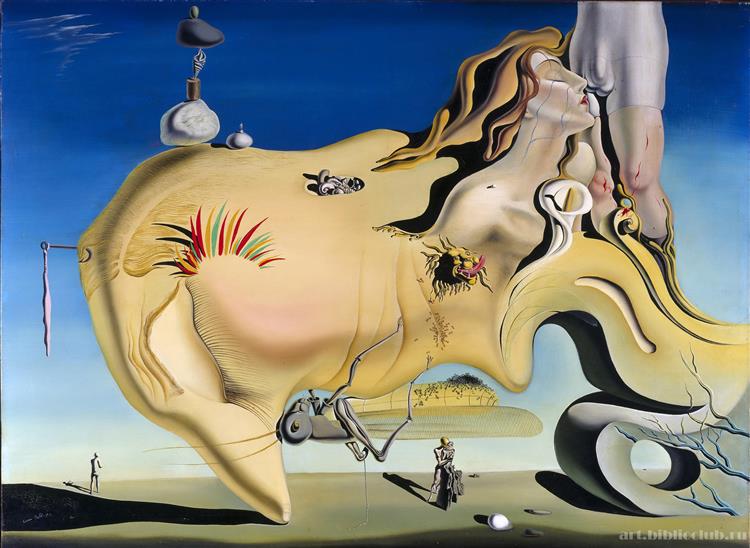The Influences of World War I on Early Modern Art
The Early Modern Era gave way to a number of different art styles. The most prominent probably being forms of abstract art. Abstract art began to develop in response to the first world war. World War I caused terror and trauma that people had never experienced before due to the existence of new technology. There was the use of tanks and bombs but also chemical weapons such as mustard gas that were able to kill people in a much larger capacity than previous times. Of course this had tremendous affects on how artists viewed the world and it opened a whole new need for artists to express themselves. Expressions of the trauma and pain of people needed to be conveyed in ways that people should feel, not just see.
Fauvism is an art style that focused on explosive color and often aggressive brushstrokes. Henri Matisse was a French painter who is most associated with this style. While his style is most known to be colorful and focused on nudes, the war and the influence of Pablo Picasso changed his art style during the time of the war.

Bathers by a River (finished 1917, France) by Henri Matisse shows something that was not typically seen from Matisse but does have elements of his art style. The nudes in the painting still have visible, messy brushstrokes associated with the fauvism style. But the dark colors and scratchy feel to some parts of the painting evoke a sense of discomfort that Matisse must have felt at the time.
Cubism is an abstract art form that was developed to challenge the norms in the art world. Pablo Picasso is the most well-known of the cubist artists. Cubism as a movement was halted during the war due to the fact that many artists were drafted to fight. The movement was never really able to come back as prominent as it was before the war. Picasso began to revert back to other styles after World War I as well but began cubist techniques again to express feelings of pain during the Spanish Civil War.

The Weeping Woman (1937, Spain) is a cubist painting by Picasso in continuation to his most famous work Guernica. When you see the tears emerging from the woman's eyes, you can almost feel gut wrenching sense of pain she must be experiencing. The background of the painting is nothing out of the ordinary which creates an increased sense of focus on the details of the woman's face. The colors missing from beneath her eyes and around her mouth show the handkerchief that she is holding. But we can still see the tears and muffled screams from beneath it. It was truly a new way of expressing the affects of war to people. In a way one can only do when they are too angry to have the patience to paint clean, straight lines.
Finally, I'd like to mention surrealism. While fauvism and cubism were styles that existed before the start of the war and changed or developed over the years following, surrealism was a direct response to WWI. It was seen as a style in which the artist could express their unconscious mind.

The Great Masturbator (1929, Spain) by Salvador Dali is an incredibly bizarre painting. It is oil on canvas which can be hard to believe by the smoothness in texture. The painting is meant to be a distorted self-portrait. His eyes are shut with a grasshopper sitting on his mouth. It is meant to express his anxieties, fears, and sexual obsessions. The curvature, smoothness, and zero sense of realism make it a very good example for the surrealism style. Completely different from the styles that came before it, surrealism was a full escape into an artists mind rather than a reflection of current events.
Photos:
https://www.pablopicasso.org/the-weeping-woman.jsp
https://www.henrimatisse.org/bathers-by-a-river.jsp
https://www.wikiart.org/en/salvador-dali/the-great-masturbator-1929
Citations:
Lifson, Edward. “A Wartime Matisse Full of Pain and Beauty.” NPR.org, 13 June 2010, www.npr.org/2010/06/13/127745865/a-wartime-matisse-full-of-pain-and-beauty
History.com Editors. “Cubism History - Art, Timeline & Picasso | HISTORY.” HISTORY, 26 July 2017, www.history.com/articles/history-of-cubism#CUBISM:-WORLD-WAR-I-AND-BEYOND
PabloPicasso.org. “The Weeping Woman, 1937 by Pablo Picasso.” Pablo Picasso, 2009, www.pablopicasso.org/the-weeping-woman.jsp
“Bathers by a River, by Henri Matisse.” Www.henrimatisse.org, www.henrimatisse.org/bathers-by-a-river.jsp
“The Great Masturbator, 1929 - Salvador Dali - WikiArt.org.” Www.wikiart.org, www.wikiart.org/en/salvador-dali/the-great-masturbator-1929
Farrell, Jennifer. “Art as Influence and Response: A First Look at World
War I and the Visual Arts - the Metropolitan Museum of Art.” Metmuseum.org, 16 Oct. 2017, www.metmuseum.org/perspectives/world-war-i-and-the-visual-arts-introduction


This comment has been removed by the author.
ReplyDeleteYour post does a great job showing how World War I influenced such a wide range of artistic styles. I especially liked your point about how surrealism became a way to escape reality rather than reflect it—Dali’s The Great Masturbator really captures that inner chaos. The connection between emotional trauma and abstract expression came through clearly in all three works you chose. Well done!
ReplyDeleteYour blog post successfully connects World War I's psychological impact on society with the subsequent changes in modern art. Your description of "Bathers by a River" highlighted Matisse’s departure from his usual color and form techniques which illustrated trauma’s influence on his vibrant artistry. The darker color scheme reflects the emotional intensity of that historical period.
ReplyDeleteYour analysis of Picasso’s “The Weeping Woman” came across as profoundly impactful. Your description of her stifled cries and the absence of color beneath the handkerchief transformed my view of the artwork—it feels as though grief is leaking from the canvas. The exhibition concluded with Dali's "The Great Masturbator" to demonstrate the profound internalization of war's impact through artistic expression. Your description showed how art transitioned from external world representation to depicting artists' internal turmoil. Amazing work!